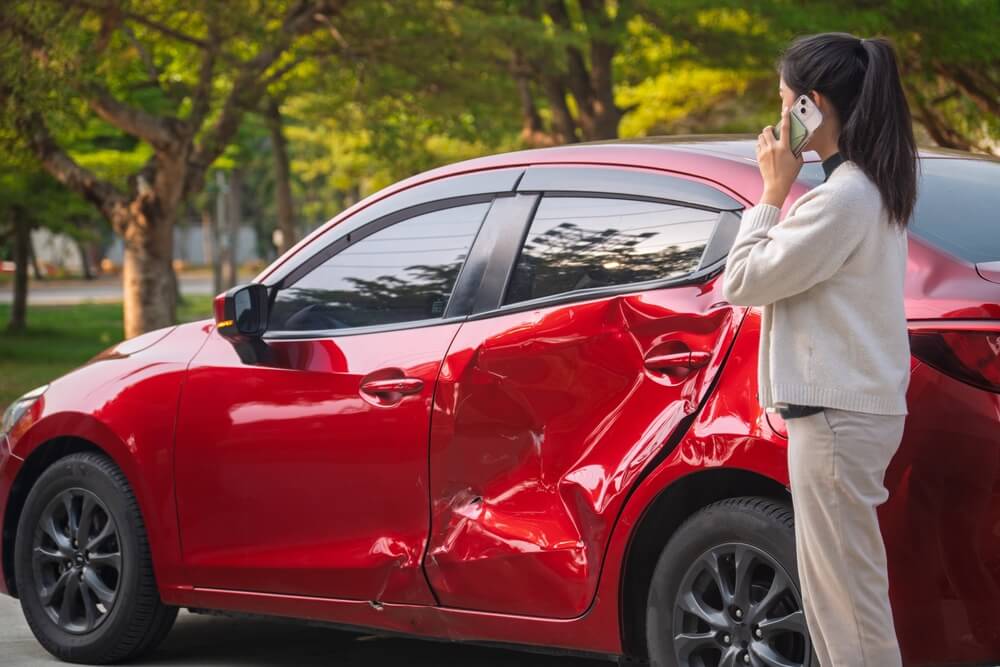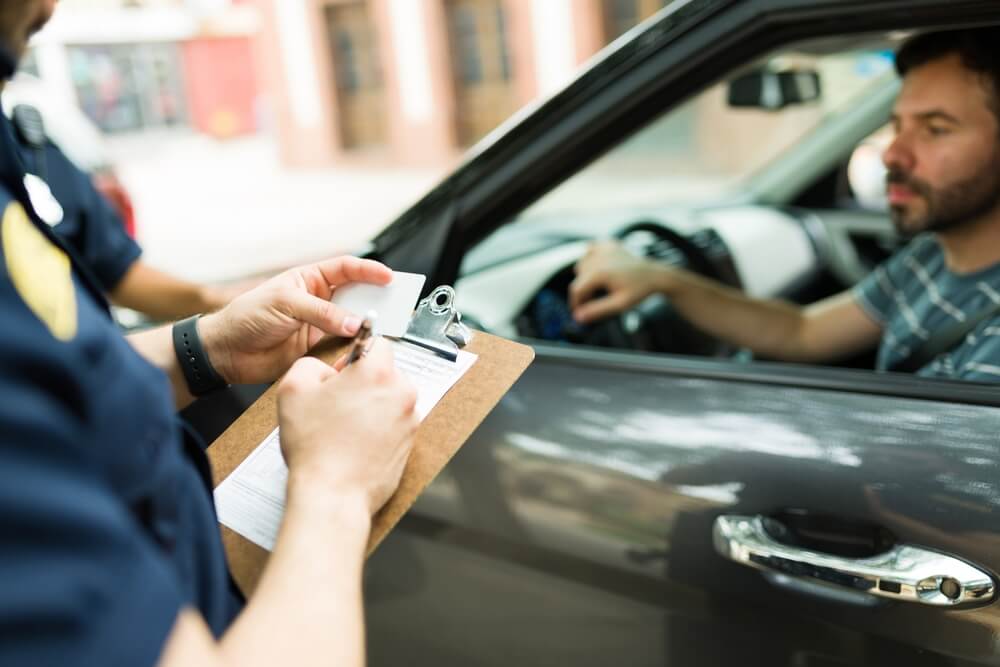
If you are not redirected within 30 seconds, please click here to continue.
Samedi: 10h – 16h HAE

If you are not redirected within 30 seconds, please click here to continue.
If you are not redirected within 30 seconds, please click here to continue.
How a car accident affects your insurance premium

This article has been updated from a previous version.
A car accident can significantly impact your insurance premium, depending on who is deemed at fault.
If you’re found at fault for a collision, your car insurance rates may increase at renewal, with potential increases ranging from 25% to 50% or more, depending on your insurer and province.
Rates could remain higher for up to six years, depending on the severity of the accident and your driving history. However, if you’re not found at fault, your premium won’t be affected.
Insurance companies across Canada, including those in Ontario under the no-fault insurance system, rely on fault determination rules to assess responsibility for accidents. These rules vary by province and play a crucial role in how your insurance rates are calculated after an accident.
Here’s what you need to know if you’re ever in a collision.
What to do if you’re in a collision
If you are involved in a collision, call 9-1-1 if you or anyone else is injured.
If no one is hurt and the damage appears to be under $5,000, you should visit a Collision Reporting Centre within 24 hours to have the incident documented. If the damage looks to be over $5,000, both drivers are required to report the collision at a Collision Reporting Centre.
You should also call the police if:
- The other driver doesn’t have insurance
- You suspect the other driver is impaired
- There’s a dispute or unsafe situation
Above all, do not admit to being at fault for the collision to other drivers or get into a confrontation with them, but do document what happened. If it’s safe to do so, get out of your vehicle and take photos and a video of the damage to your vehicle and the accident scene.
Exchange the following information with the other driver:
- Full name and phone number
- Driver’s licence number
- Residential address
- Insurance details
- Vehicle make, model, colour, and licence plate number
Also, provide your information to them.
Next, contact your insurance provider as soon as possible to report the incident and start a claim. If you have optional collision or upset coverage, your insurer will cover damage to your vehicle if you’re at fault—whether you hit another car, a pole, or another object. This coverage also applies in hit-and-run cases involving an unknown driver. Keep in mind that a deductible will apply in both situations.
If you don’t have collision coverage and you’re at fault, you’ll have to pay for the repairs yourself.
If you’re not at fault, damage to your vehicle and its contents is typically covered under Ontario’s Direct Compensation–Property Damage (DCPD) coverage—unless you’ve chosen to opt out of it. As of January 2024, DCPD is no longer mandatory, so it’s important to review your policy and understand what’s covered.
How is fault determined in Canada?
In Canada, fault after a car accident is determined using specific rules set out by each province. For example, Ontario uses the Fault Determination Rules, which are part of the Insurance Act. These rules include over 40 illustrated scenarios to help insurers assign fault in a consistent and objective way.
Importantly, these rules apply regardless of road conditions, weather, visibility, or where the vehicles were hit.
Key points about fault determination:
- Fault percentages: Drivers can be found anywhere from 0% to 100% at fault. If you are 50% or more at fault, it is likely your insurance premium will increase at renewal. Example: If you rear-end another vehicle that is stopped at a red light, you are 100% at fault.
- Shared fault: In some cases, fault may be shared between multiple parties involved in the accident.
- Lending your vehicle: Your car insurance follows the car. This means, if someone else drives your car and is found at fault, the accident will still be recorded on your insurance record.
Even in provinces with no-fault insurance systems, fault is still determined to decide how claims affect premiums. If you disagree with your insurer’s fault assessment, you can request clarification on the specific rule applied.
Read more: At-fault accident rules: 10 common accidents and who is at fault
Can you avoid a premium increase?
Some insurers offer a rider or endorsement you can add to your auto policy that’s referred to as ‘accident forgiveness’.
If you’ve been collision-free for at least six years, your provider may add it to your policy, but it can only be used once for an accident every three years. With accident forgiveness on your policy, if you are found to be at fault for a minor collision, your insurer will not increase your premium for the incident.
However, the accident will be recorded on your driving record, and if you switch insurers, your new premium may reflect the accident.
In Ontario, if you’re involved in your first minor at-fault accident within a three-year period, your insurance company can’t increase your premium—as long as no one was injured; the damage is under $5,000, and you paid for the repairs yourself. This rule, part of Ontario’s Insurance Act, is meant to give drivers a break for small accidents.
As of July 1, 2025, the damage limit was raised from $2,000 to $5,000 to align with new provincial rules that only require drivers to report collisions to police if the damage exceeds $5,000 or someone is hurt.
Read more: When won’t an at-fault collision impact your car insurance rate?
How to lower your premiums after an accident?
If your insurance premiums increase following an accident, there are practical steps you can take to help manage and reduce costs:
- Understand your coverage: Review your insurance policy to ensure you’re aware of your rights, responsibilities, and available options. This can help you make informed decisions about optional coverages that may lower future premiums.
- Be cautious about lending your vehicle: Accidents caused by others while driving your car can still affect your insurance record. Limiting who drives your vehicle can help protect your premium.
- Maintain a clean driving record: Avoiding further accidents or traffic violations is key. Over time, a clean record can help restore lower premium rates.
While an accident may temporarily raise your premiums, proactive steps and safe driving habits can help reduce the financial impact over time.
Remember, car accidents can happen to anyone, anywhere, at any time. Don’t panic if you’re in one. Regardless of the outcome, you can always do a quick comparison of auto insurance policies and premiums for free to find the coverage you need at a price you can afford.
Don't waste time calling around for auto insurance
Use RATESDOTCA to shop around, and compare multiple quotes at the same time.
Get money-saving tips in your inbox.
Stay on top of personal finance tips from our money experts!









